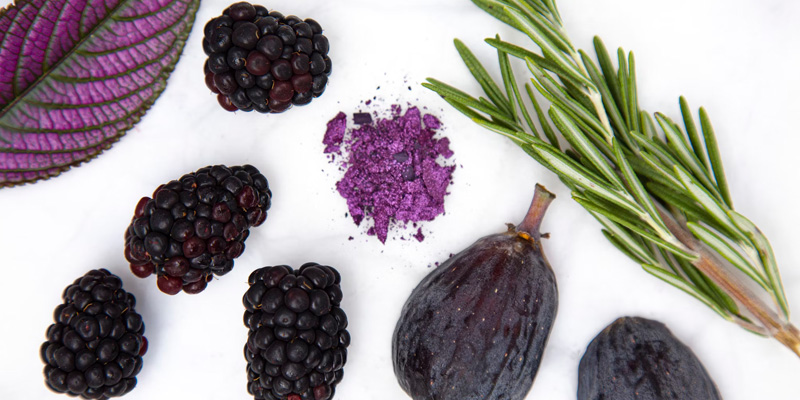In recent years, there has been a notable shift in the beauty industry towards clean beauty products and treatments. Consumers are gradually trying to get their hands on natural, non-toxic alternatives that are not only effective but also environmentally sustainable. This movement towards clean beauty reflects a rising awareness of the impact that regular beauty products can have on both personal health and the planet.
In this article, we will discuss the emergence of clean beauty and lay down the benefits of natural and sustainable alternatives in beauty treatments.
1. Understanding Clean Beauty
Clean beauty is a term used to describe products and treatments that are formulated without harmful ingredients like parabens, phthalates, sulfates, and synthetic fragrances. A study has shown that these ingredients, commonly found in conventional beauty products, have been linked to various health concerns, including breast cancer and skin cancer.
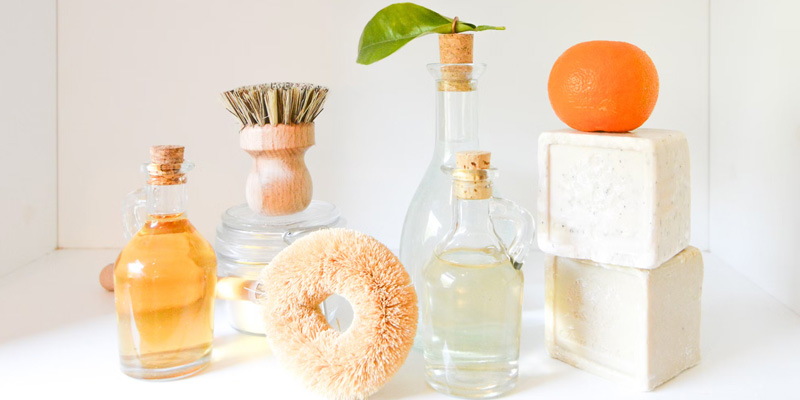
Image Source: unsplash/Nefeli Kavvada
On the contrary, clean beauty products use natural and organic ingredients that are free from harmful chemicals, making them safer and gentler on the skin. These formulations prioritize plant-based extracts, essential oils, and botanicals, harnessing the power of nature to nourish and rejuvenate the skin. In particular, plant-based extracts such as Aloe vera, green tea, Argan, Calendula, and pine bark are prioritized by salon owners. These extracts contain antioxidant properties and enable enzyme inhibitions. The inhibition of enzyme control proteases or nucleases, ensuring that no cell gets damaged.
2. The Shift Towards Sustainability
In addition to prioritizing personal health and safety, the clean beauty movement emphasizes environmental sustainability. Conventional beauty products often have ingredients derived from petrochemicals and undergo extensive processing. As a result, a significant carbon footprint comes into being.
Clean beauty brands, on the other hand, focus on sustainable sourcing and manufacturing practices. They use responsibly sourced ingredients, minimize packaging waste, and implement eco-friendly production methods. By embracing sustainability, clean beauty aligns with the demand for ethical and environmentally conscious consumer choices.
3. Natural Alternatives in Beauty Treatments
One of the key aspects of clean beauty is the incorporation of natural alternatives in beauty treatments. From skincare to haircare, there is a wide range of natural ingredients that present effective solutions without the need for harsh chemicals.
• Skincare
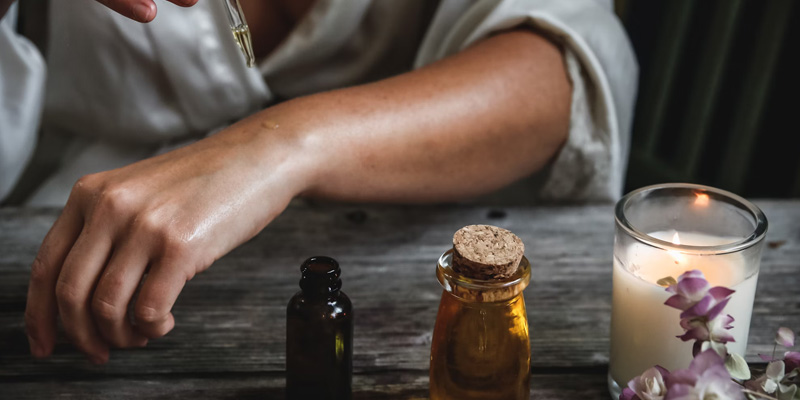
Image Source: unsplash/Chelsea shapouri
Natural oils, namely jojoba and rosehip, are rich in antioxidants and saturated fats, making them excellent moisturizers and anti-aging agents. Ingredients, not unlike chamomile, have soothing and anti-inflammatory properties. They are ideal for sensitive skin.
• Haircare
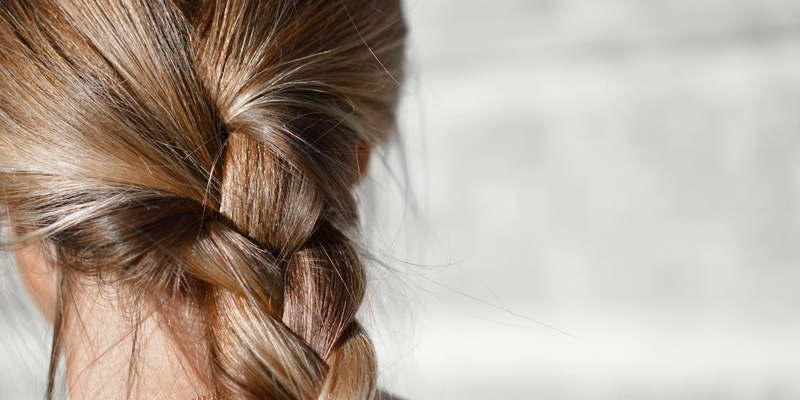
Image Source: unsplash/Tamara Bellis
Natural ingredients – coconut oil, shea butter, and avocado oil – are beneficial for nurturing and conditioning hair. They successfully promote shine and manageability. There are also herbal extracts such as hibiscus, lavender, and peppermint that help stimulate hair growth and improve scalp health.
• Makeup
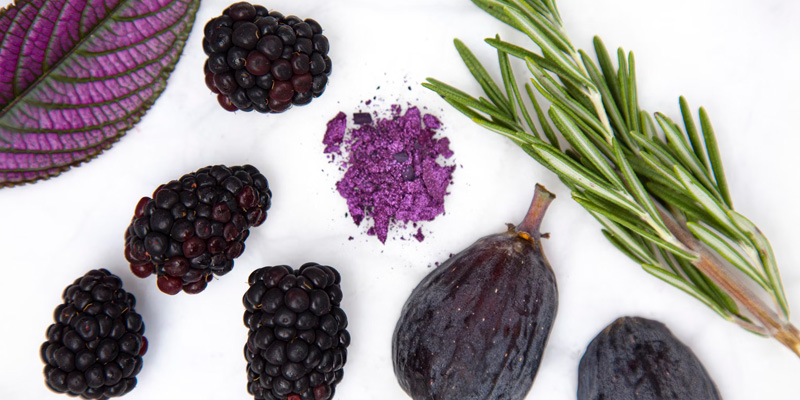
Image Source: unsplash/Carolyn Delacorte
Clean beauty makeup formulations use mineral pigments stemmed from iron oxide, zinc oxide, and titanium dioxide to provide vibrant colors without synthetic dyes or preservatives. Natural waxes and plant oils are similarly utilized as bases for foundations, lipsticks, and eyeliners, guaranteeing smooth application and long-lasting wear.
4. The Benefits of Clean Beauty
The upsurge of clean beauty has numerous benefits, both for individuals and the environment. If consumers choose natural and sustainable alternatives in beauty treatments, they will:
• Reduce the Risk of Skin Irritation and Allergic Reactions
Clean beauty products are prepared in the absence of coarse chemicals, making them gentler and safer for sensitive skin types.
• Support Ethical and Sustainable Practices
Clean beauty brands give precedence to sustainability throughout the production process. From ingredient sourcing to packaging design, they shrink environmental impact and encourage ethical practices.
• Contribute to a Greener Future
By supporting clean beauty brands and going for eco-friendly products, consumers can play a role in scaling down plastic waste. They can minimize carbon emissions and protect the planet for future generations.
Conclusion
The rise of clean beauty represents a positive shift towards safer, more sustainable alternatives in the beauty industry. The acceptance of natural ingredients and eco-friendly practices are already redefining the standards of beauty and elevating universal well-being.
As consumers become increasingly conscious of the impact of their choices, the rush for clean beauty products and treatments is expected to continue growing, driving innovation and positive change in the beauty industry and beyond.


